The Role of Prefabrication in Disaster Relief and Emergency Housing
6790c3d8f29a2.jpeg)
The last decade has seen a spate of serious and frequent natural disasters. Earthquakes, floods, hurricanes, and fires cause serious damage and result in massive numbers of people becoming homeless with an urgent need for shelter. For most of them, the first priority is a place to live, safe and sound.
Following a disaster, shelter is the next most essential commodity after food and water. The task of creating adequate shelter following such devastation is extremely daunting. Weather conditions, resource scarcity, or logistical issues will inevitably prolong and increase the cost of traditional construction. Here, prefabricated structures become quick, inexpensive, and environmentally friendly options for disaster relief and emergency housing.
The Importance of Emergency Housing
Disasters appear to have triggered the appropriate demand for natural disaster relief. According to FEMA, floods, earthquakes, and fires are the primary causes of house destruction for thousands of people. A sizable percentage of the population is staying in camps or temporary shelters for years across different parts of the world, mainly in regions known for the recurrent nature of the disasters.
Even though shelters may appear overcrowded, uncomfortable, and lacking in certain facilities, inadequate shelter after a disaster can not only negatively impact a person's physical health but also cause emotional distress. This is a time-sensitive issue that calls for prefabrication.
Disaster-stricken areas immediately erect prefabricated houses that would solve their urgent need for shelter. Most manufacturers construct these houses off-site in controlled factory conditions and then transport them to the disaster area for prompt construction. This method of construction provides a quicker and more effective means of providing shelter, particularly during emergency situations where time is crucial.
You may also like to read : Uses Of Portable Cabins in Disaster Relief
Advantages of Prefabricated Structures in Disaster Relief
Disaster relief and emergency housing take time. The more costly it is to erect shelters, the longer the victims remain vulnerable. Disaster conditions call for the use of fast, efficient, and reliable prefabricated structures instead of the traditional setting with bricks and cement.
One of the greatest benefits of prefabricated structures in India is their rapid assembly speed. Prefab structures, as a general rule, assemble on-site within days or weeks. People can set up prefabricated shelters within days, providing temporary shelter following a disaster.
Prefabricated buildings are not only easy to construct, but their robust structure ensures a long lifespan. These can be made of steel or concrete, and they can withstand any rainstorm, strong wind gust, or earthquake. Therefore, these buildings must provide very stable shelter in disaster-prone regions, as the weather can change suddenly.
Houses, schools, hospitals, and community centers. We need shelter, medical facilities, temporary schools for the children, and areas for community activities urgently. We can easily modify modular prefabricated buildings to meet these requirements. Thus, we present a range of solutions to meet all those requirements.
Benefits of Prefabricated Buildings in Disaster Management
Listed below are the key benefits of prefabricated buildings:
Fast Construction
The first advantage of prefabrication in disaster relief is speedy construction. Prefabricated buildings take only days to assemble, whereas construction methods take months or even years to finish. This is critical during emergencies, as the affected people will need shelter right away.
Cost-Effectiveness
Prefabricated buildings are easier to erect than traditional construction methods. As a result, the entire process becomes relatively cheaper for governments and NGOs, particularly those with smaller projects. The overall cost of construction for a prefabricated building is significantly reduced. As a result of the reduced total construction cost, relief organizations are able to establish multiple shelters, thereby providing aid to a larger number of people. Thus, it frees up more resources to be allocated to basic sectors such as health services and food distribution.
Durability and safety
In disaster-prone areas, prefabricated structures must come in to enhance resistance to harsh conditions. Most materials used here are also very resistant to damage; examples include steel and reinforced concrete. Thus, the shelters would provide safe housing for the displaced people during the recovery period.
Customization and flexibility
Flexibility is among the excellent features that prefabricated buildings present. The community can design and modify them as per its requirement. Families may build prefabricated buildings for temporary shelters or use them as community centers. They can even expand or reconfigure them to meet the needs of long-term recovery efforts.
Future of Prefabricated Structures in Emergency Housing
The construction of disaster relief and emergency housing in the near future will heavily depend on prefabricated structures, since the world's population is continually on the rise, and disasters occur more frequently than ever before.
Future prefabricated structure developments in India are highly advanced. Researchers are exploring newer technologies such as 3D printing and modular construction techniques to accelerate the prefabrication process. Such advanced future development would further support the creation of sustainable, cost-effective, and durable housing solutions.
Potential additions could include renewable energy sources like solar panels and wind turbines. Therefore, the construction of such a building would provide power to these disaster relief sites, not by relying on external power sources, but by enhancing the existing system.
Flexibility in prefabricated buildings can ensure long-term solutions. Facilities like insulation, plumbing, and electrical systems are easy enough to make the tent into a proper home; in turn, that increases comfortability and makes a place livable.
Useful Link: Prefabricated Homes vs Traditional Homes
Why Choose Pressmach for Prefabricated Structures in India?
Pressmach offers innovative solutions in prefabricated structures, addressing the growing need for speed housing in today’s era of increasing natural calamities. Prefabricated structures emerge as a highly suitable solution due to their rapid construction, strength, economical approach, and versatility. These structures can be temporary or permanent, representing a transformational change in how people act when disaster strikes
We give shelter and hope to the survivor who doesn't lose everything. We expedite the recovery of a community's lost goods. The prefabricated structures, led by Pressmach, will remain hot for many more years, providing disaster relief and emergency housing.
In a world where natural disasters are becoming more frequent, the role of prefabrication in disaster relief is more important than ever. The future of emergency housing is here, and it's modular, sustainable, and built to last.
Your Requirements
Related
Blogs


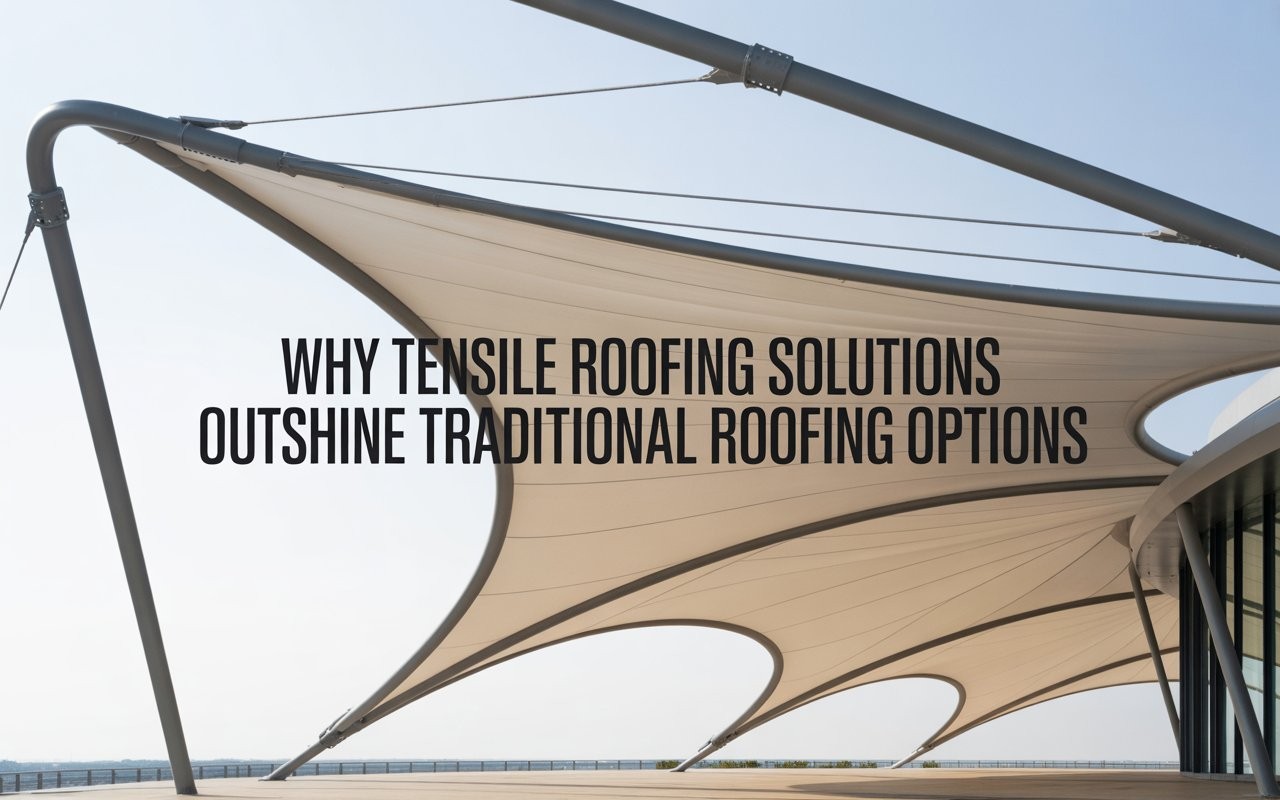
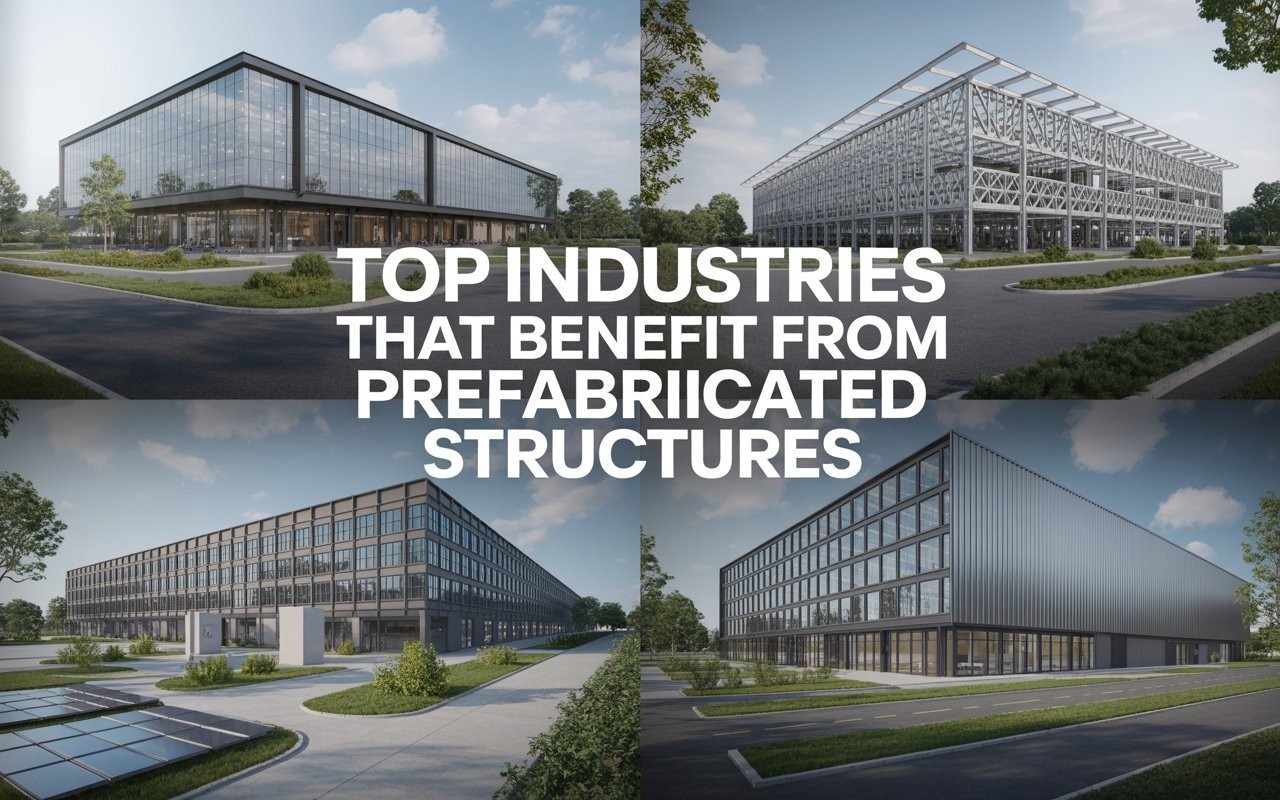
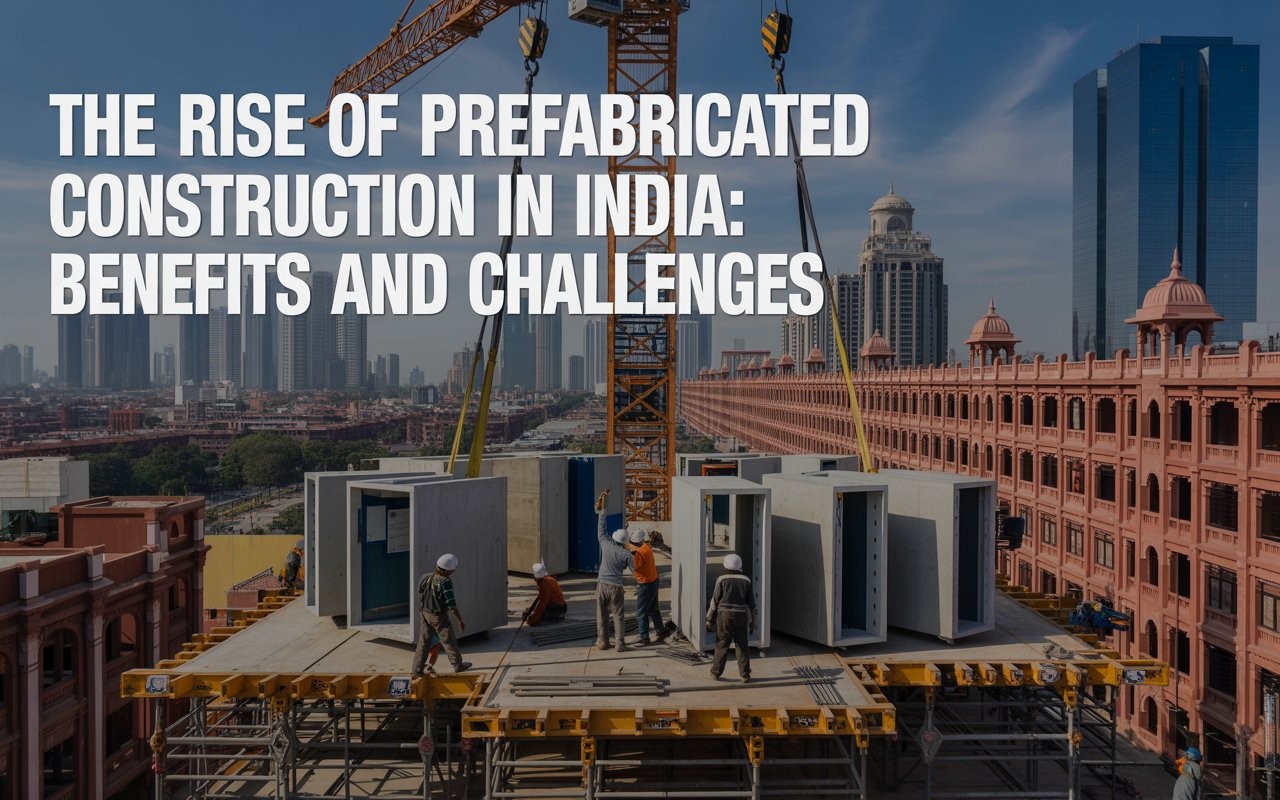
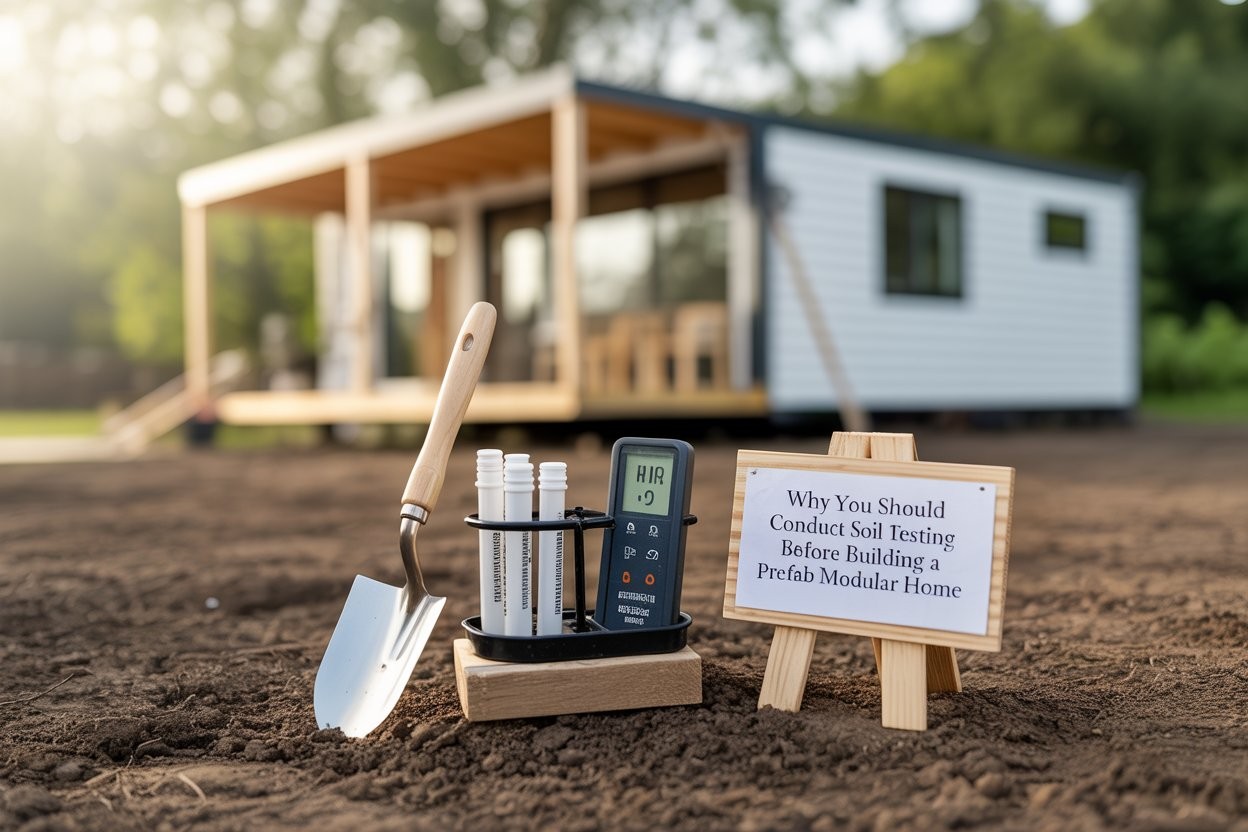
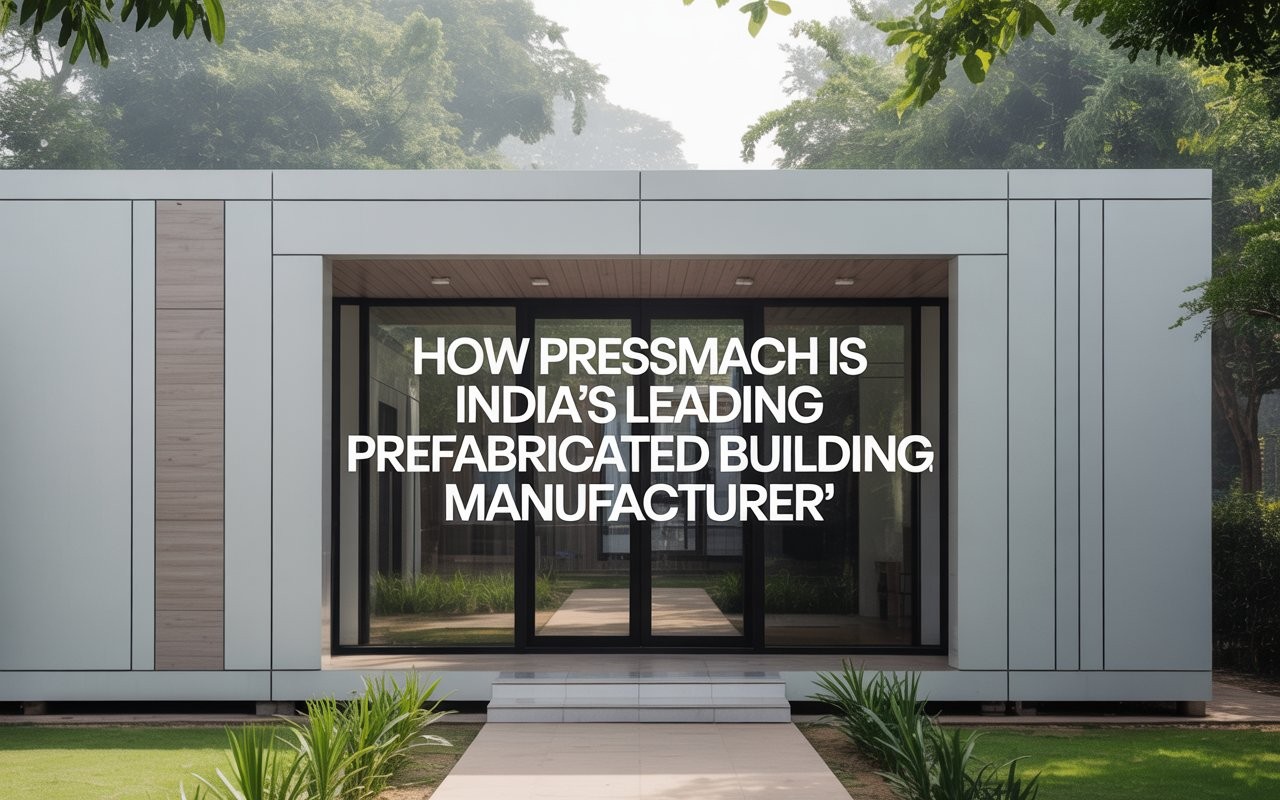
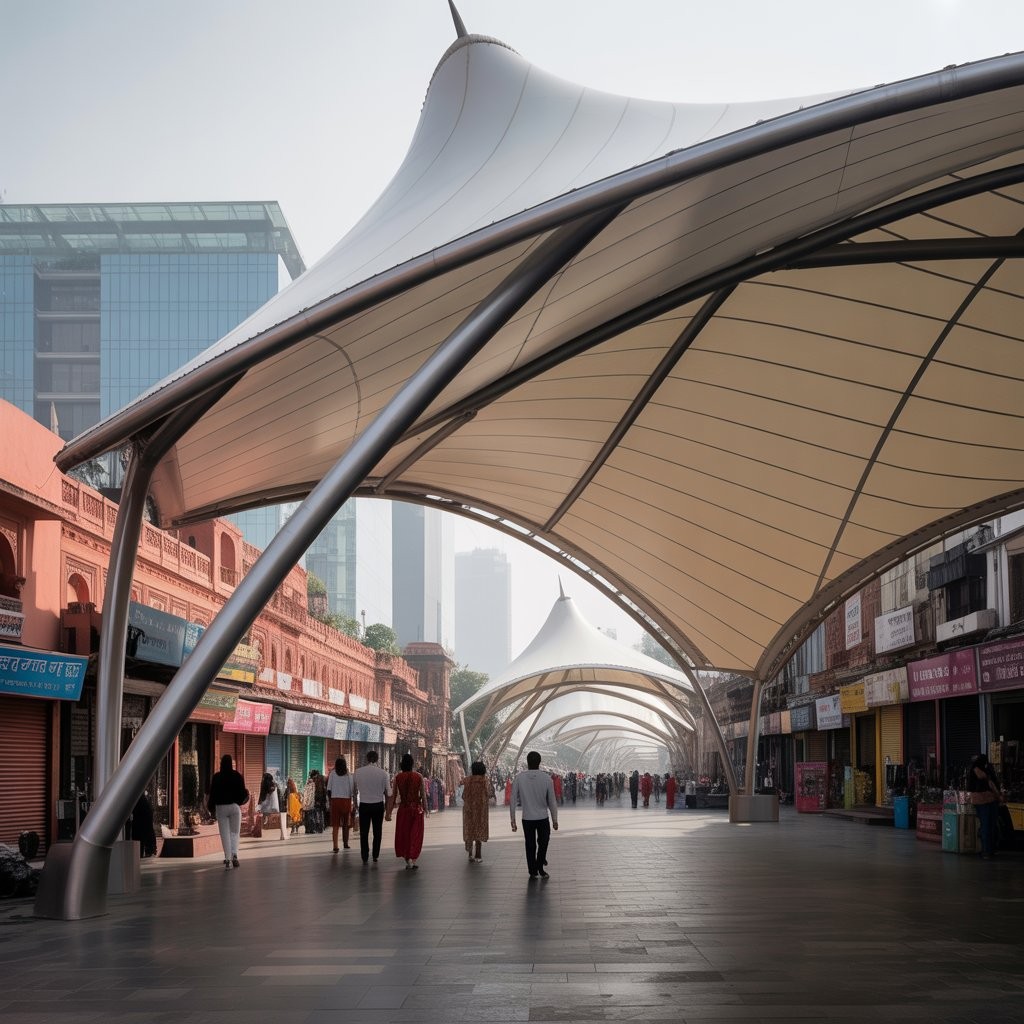
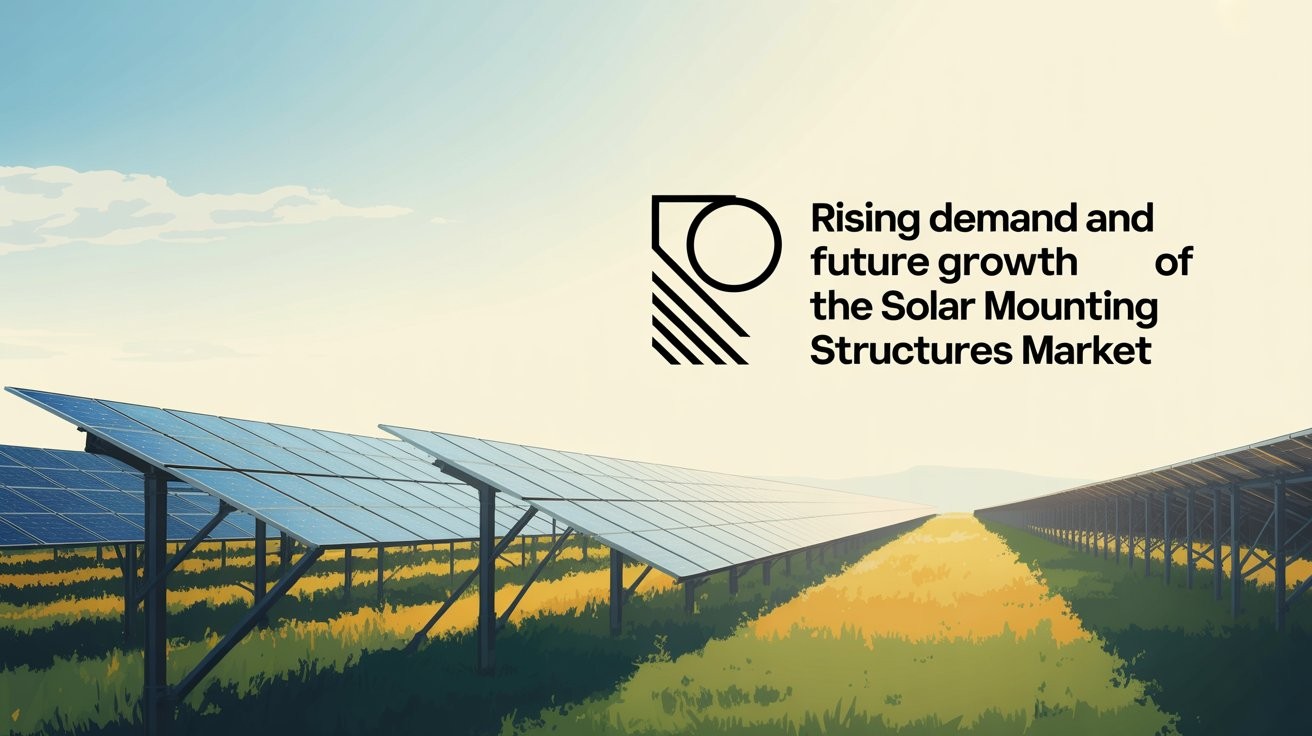
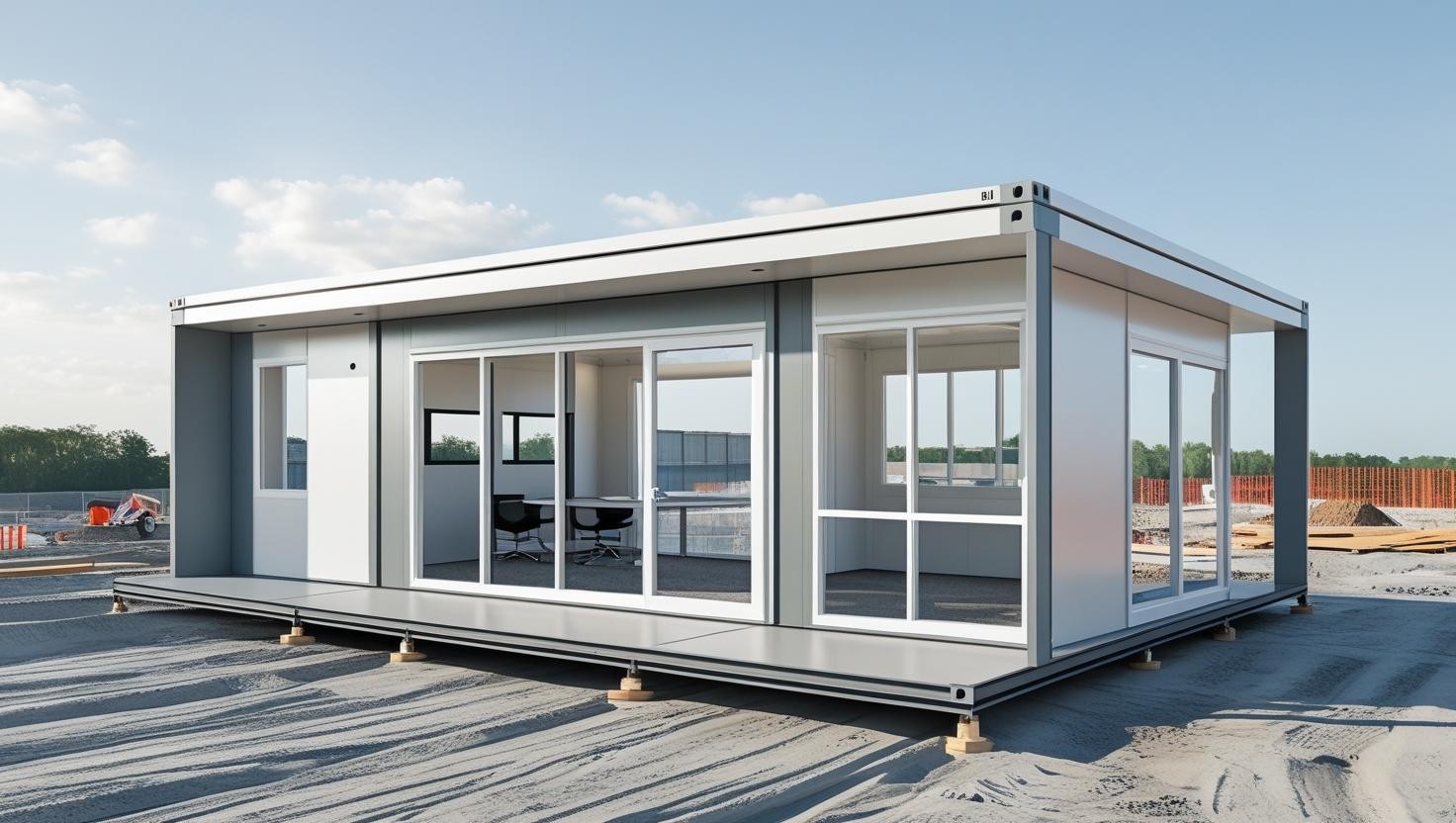
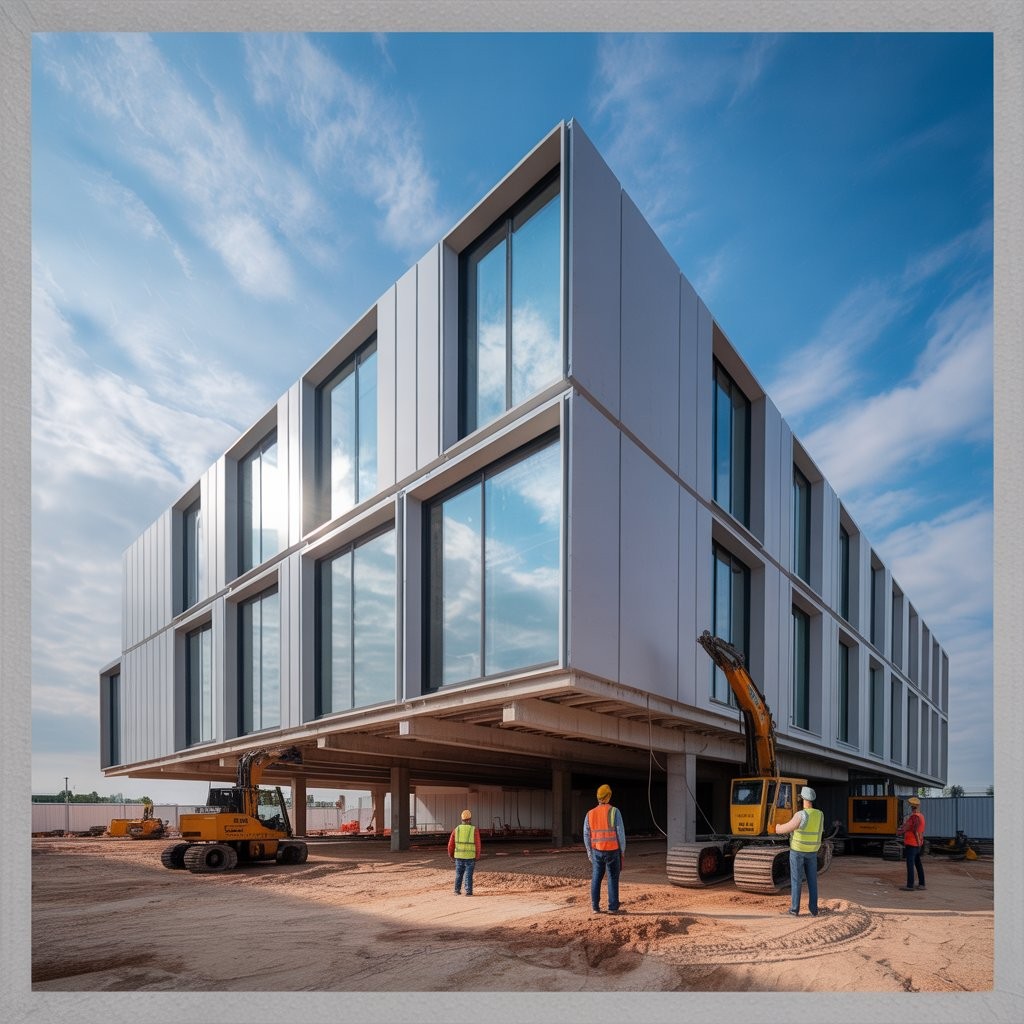



































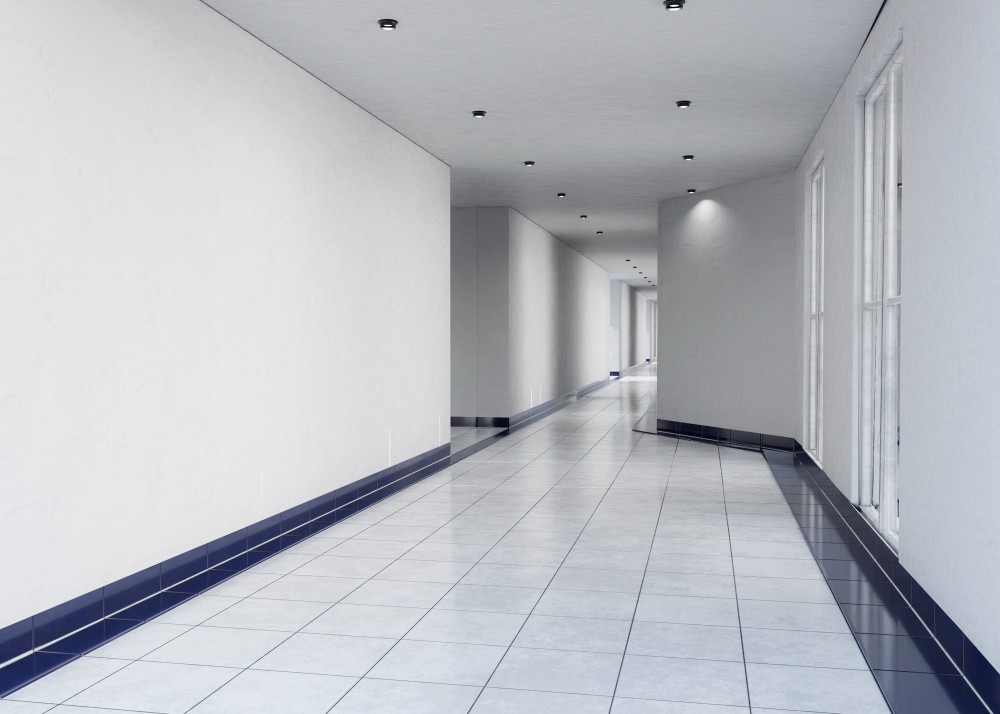
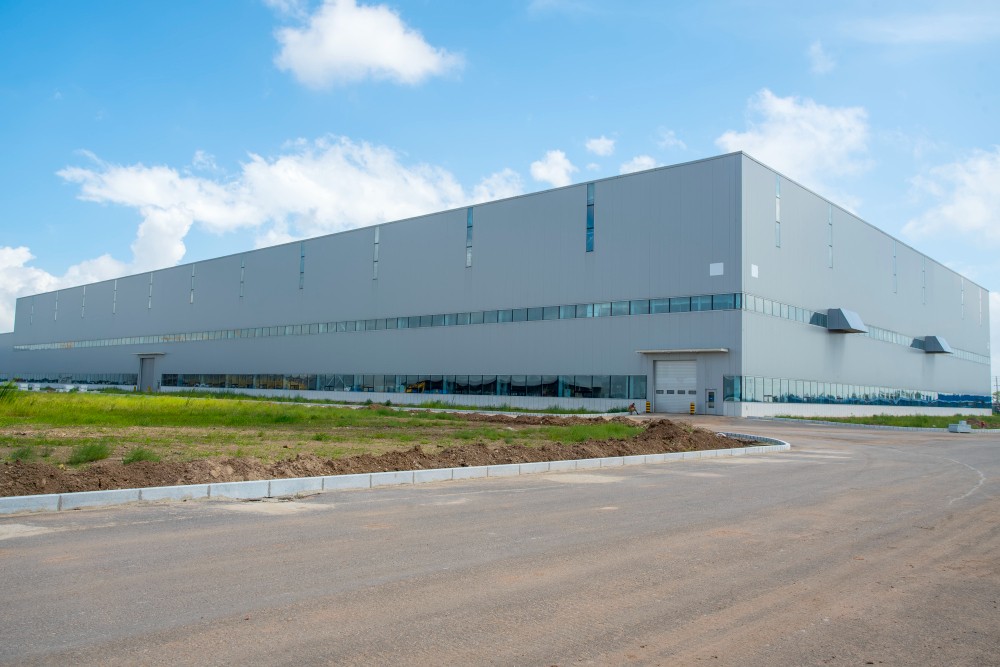

65cf4d38697f9.webp)

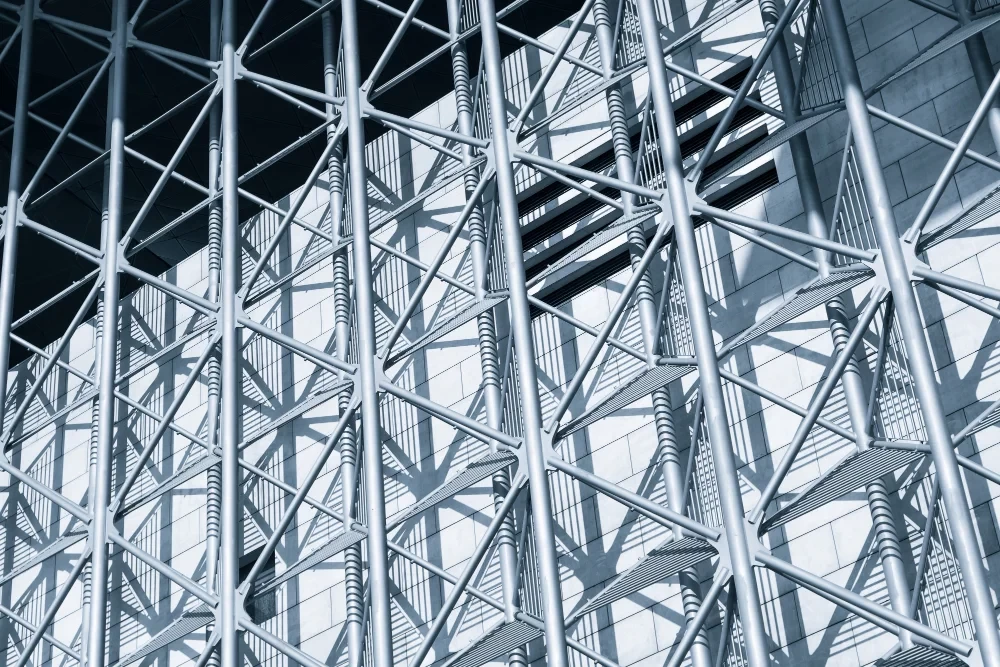
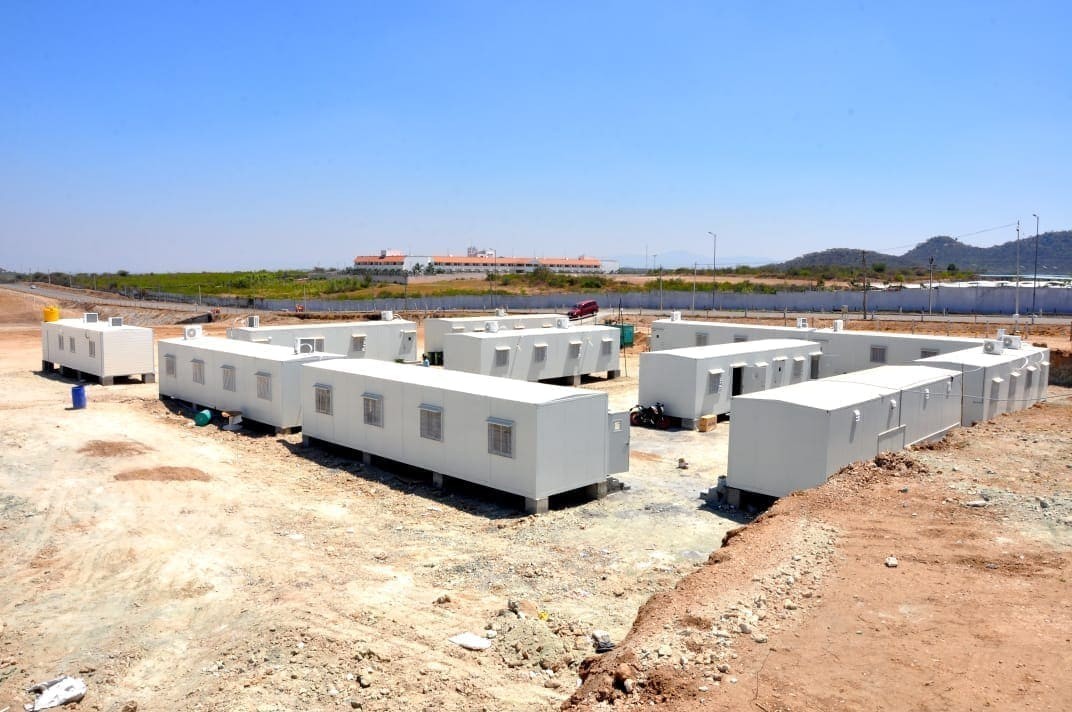
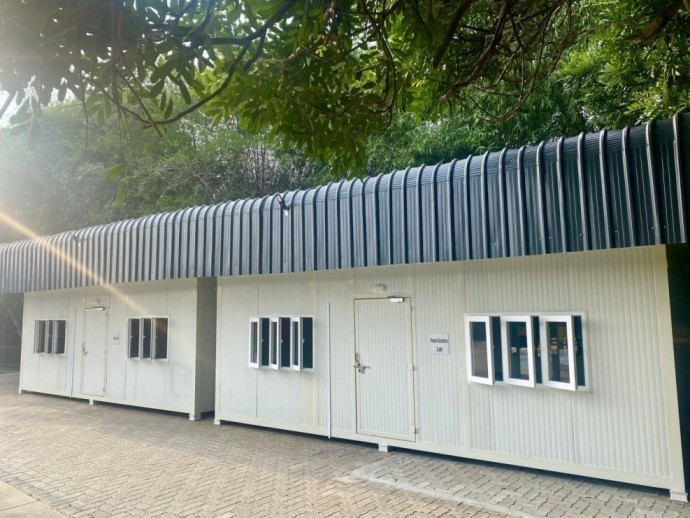

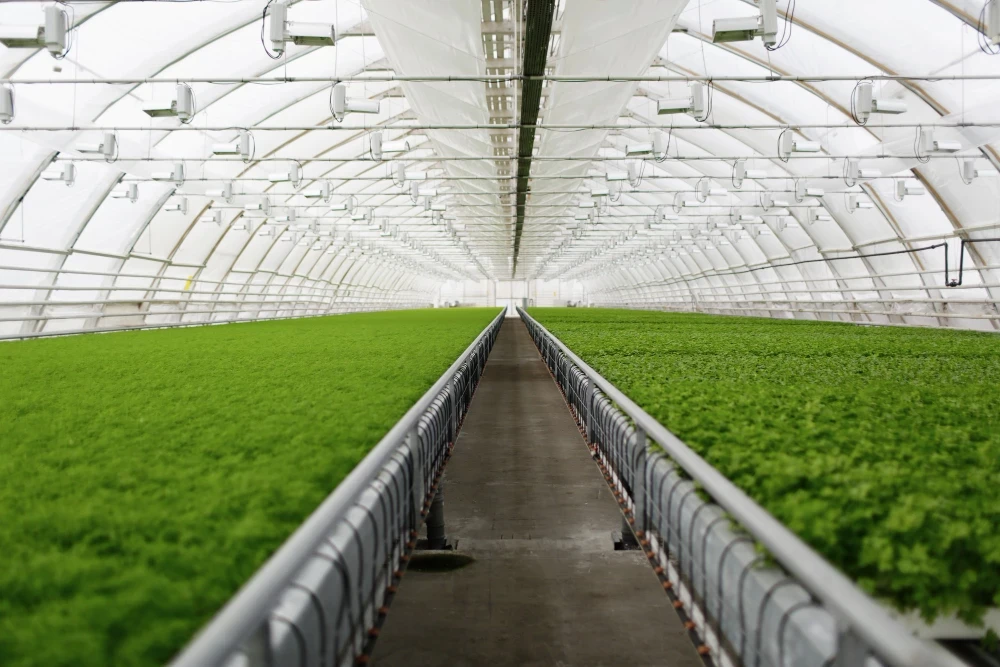
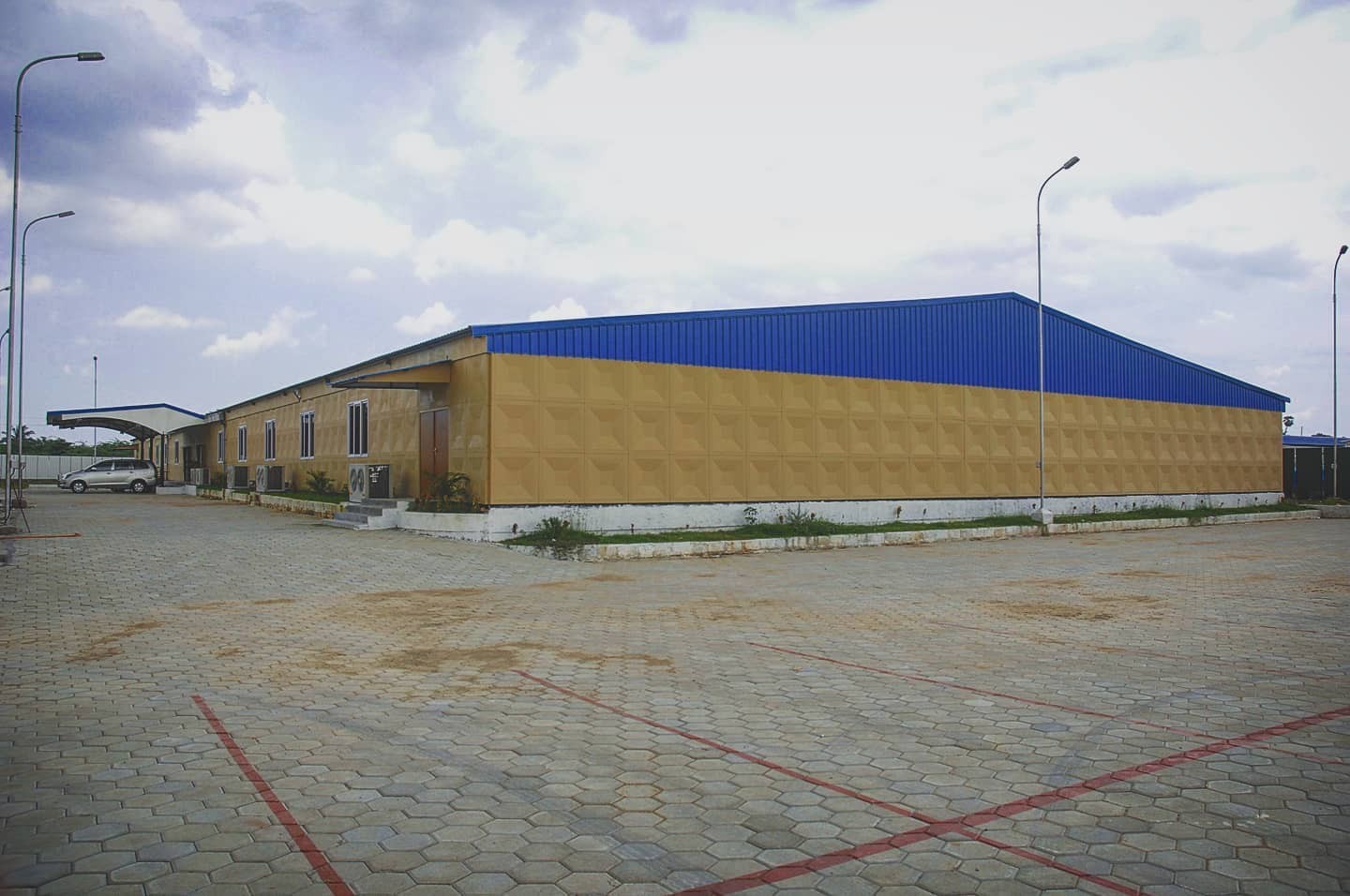
65cf65f046eed.webp)
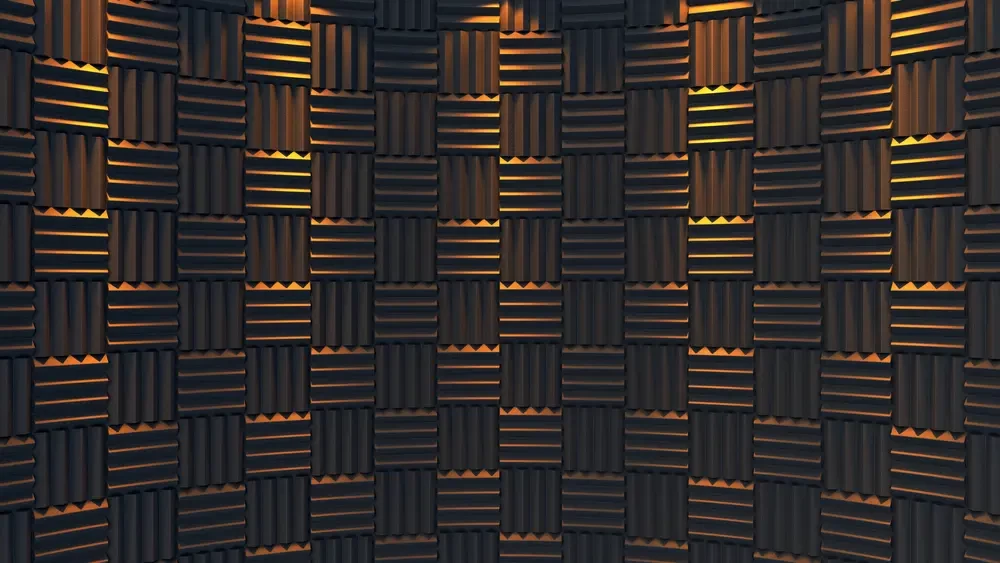
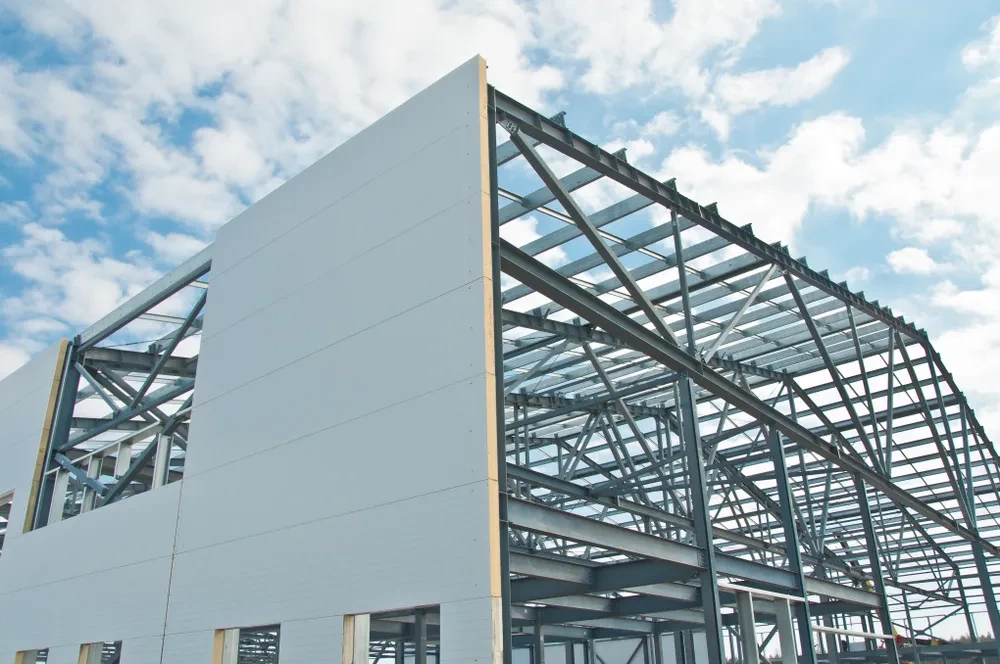
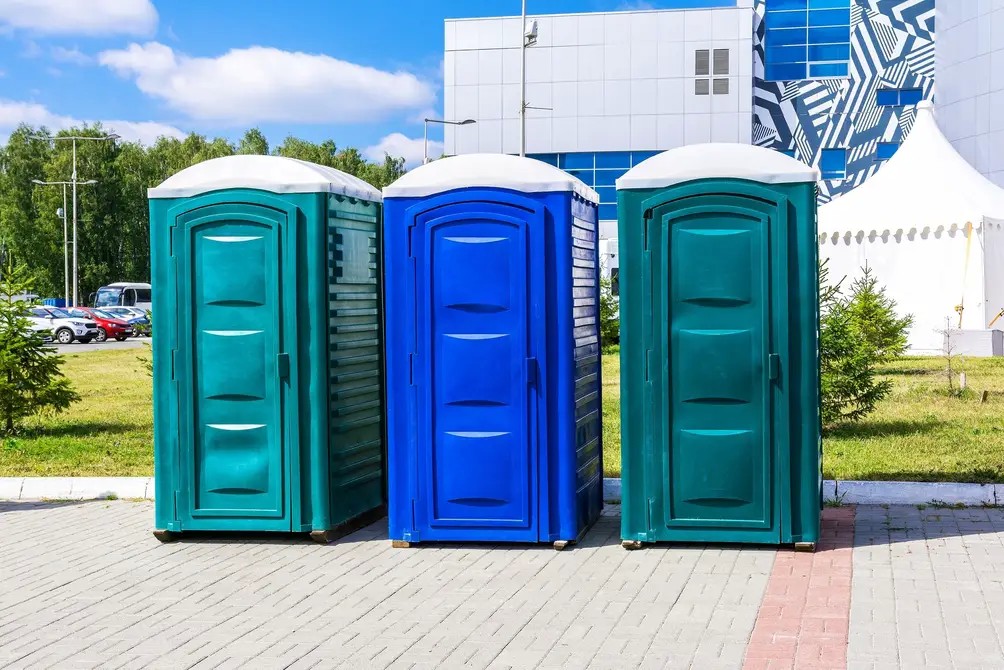
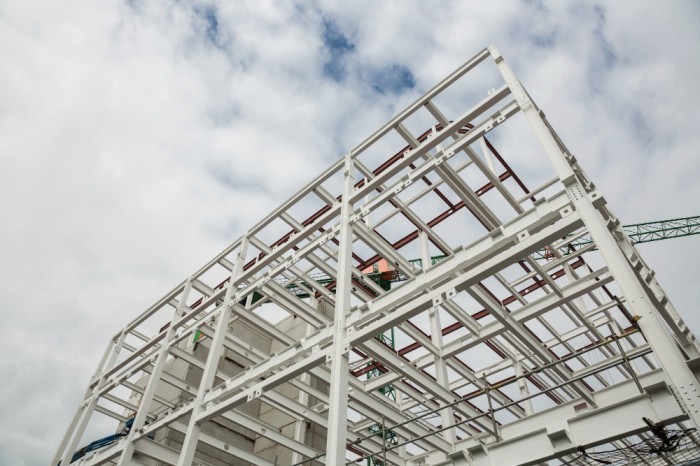
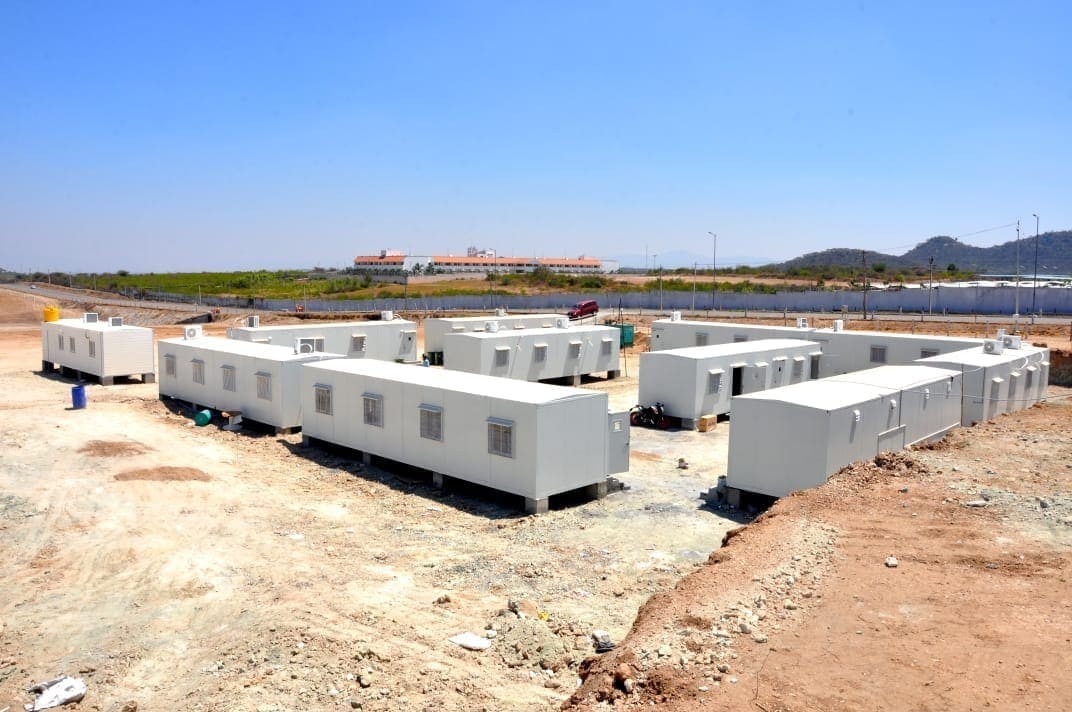
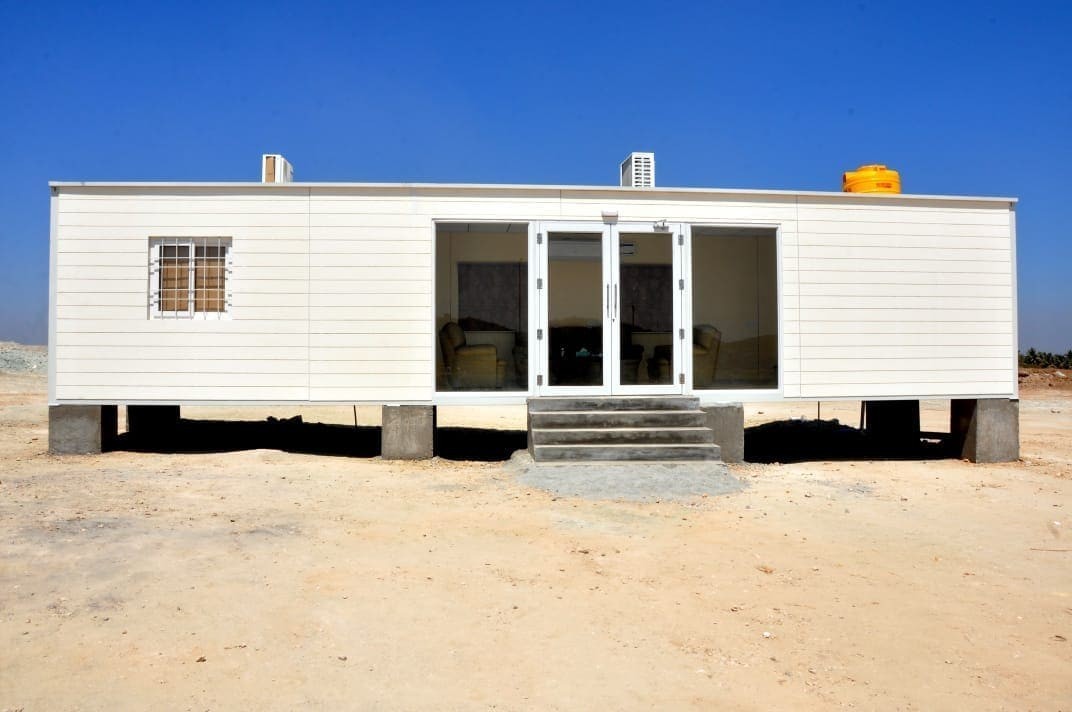
64afe3444467b.jpeg)
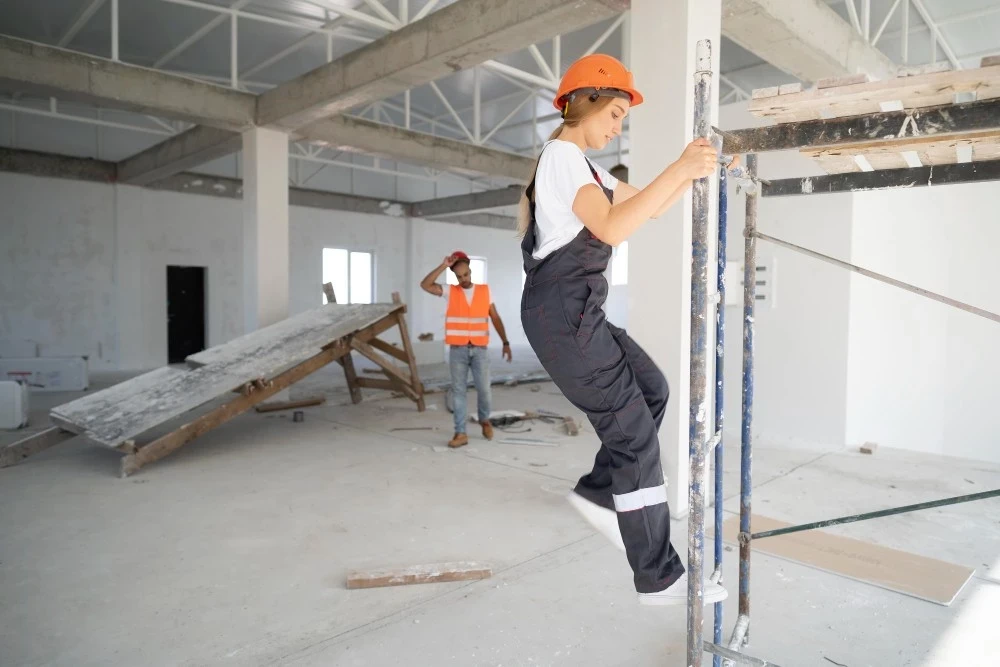
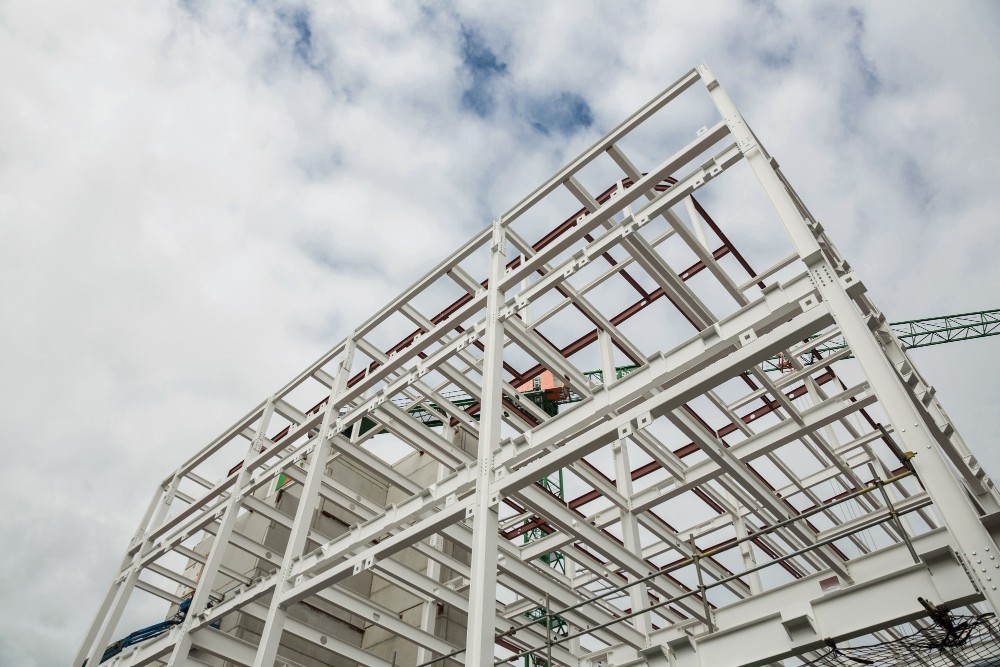
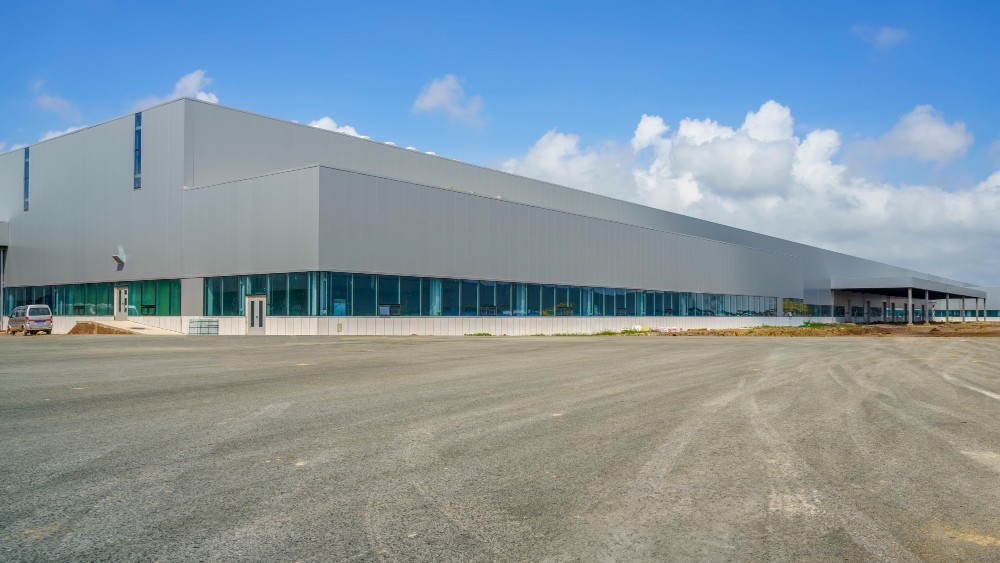
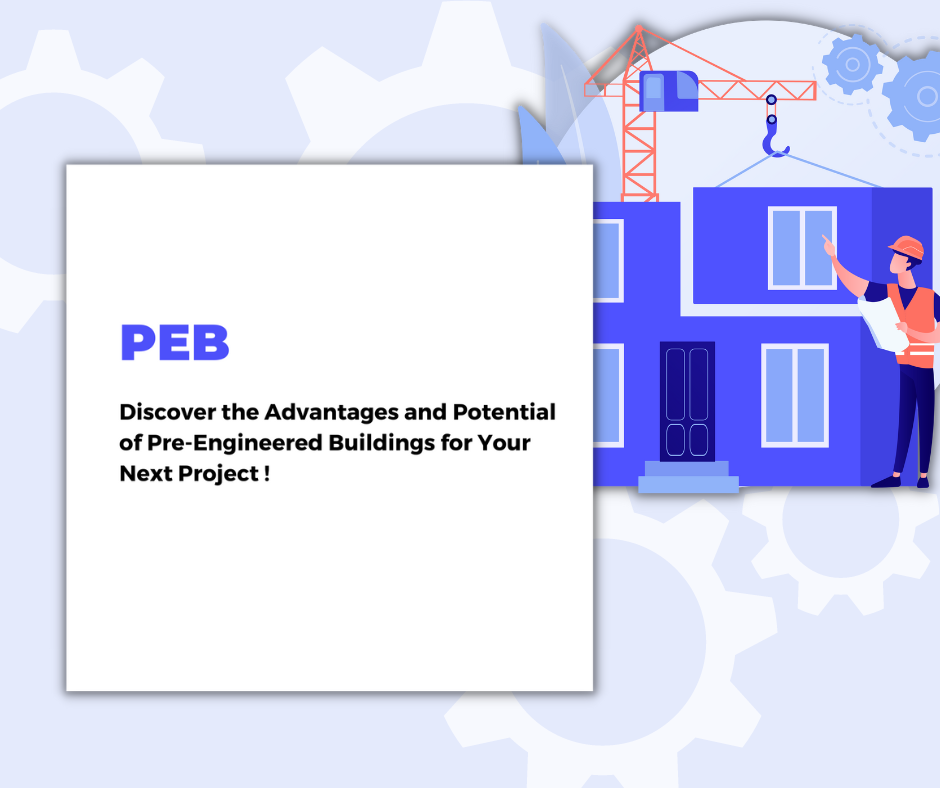
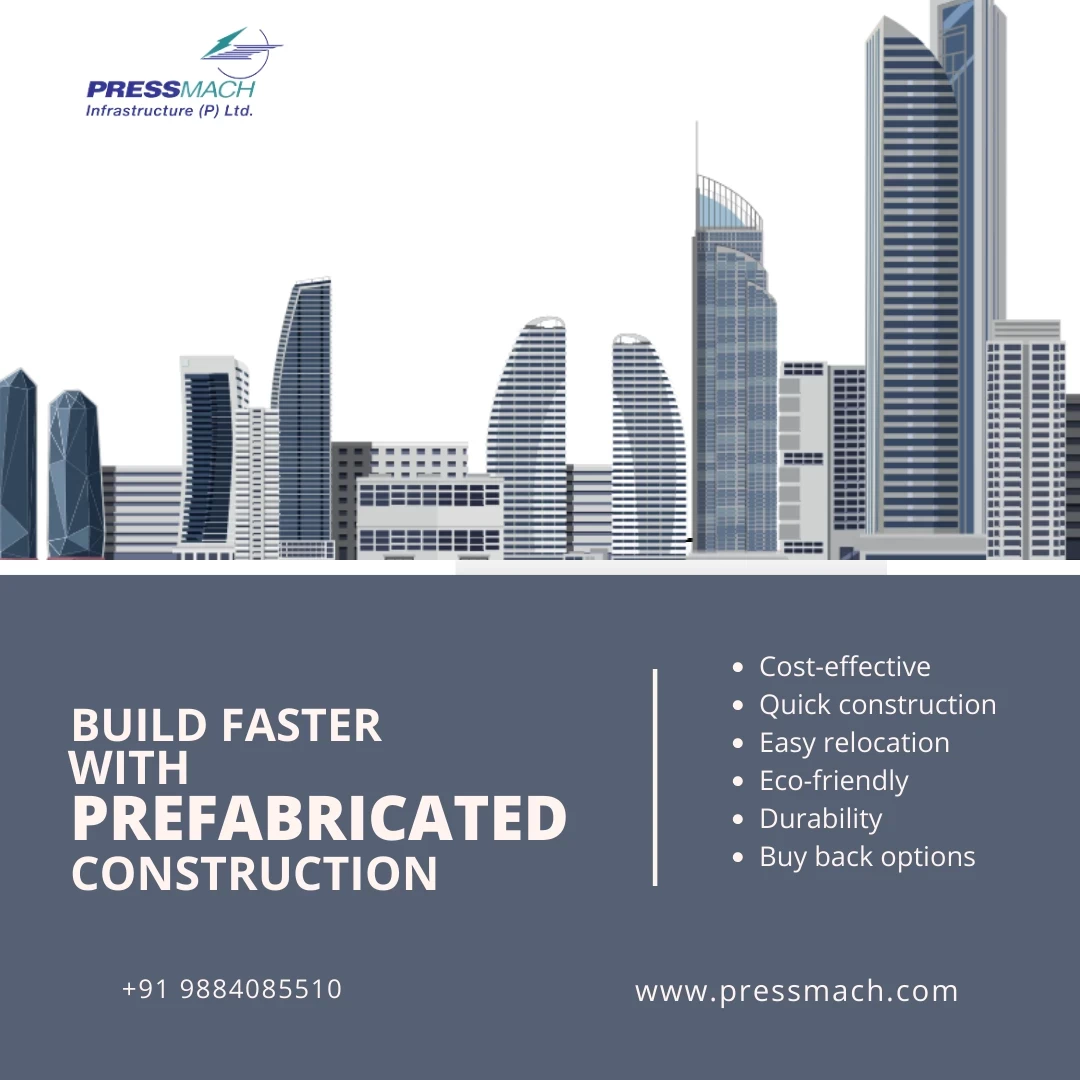
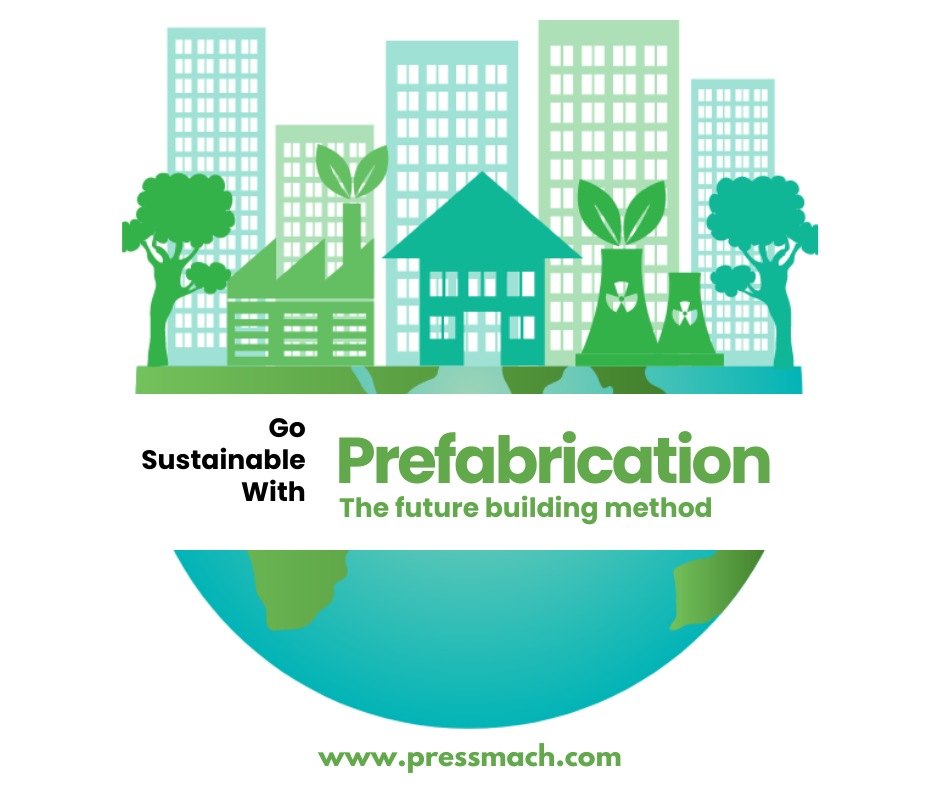
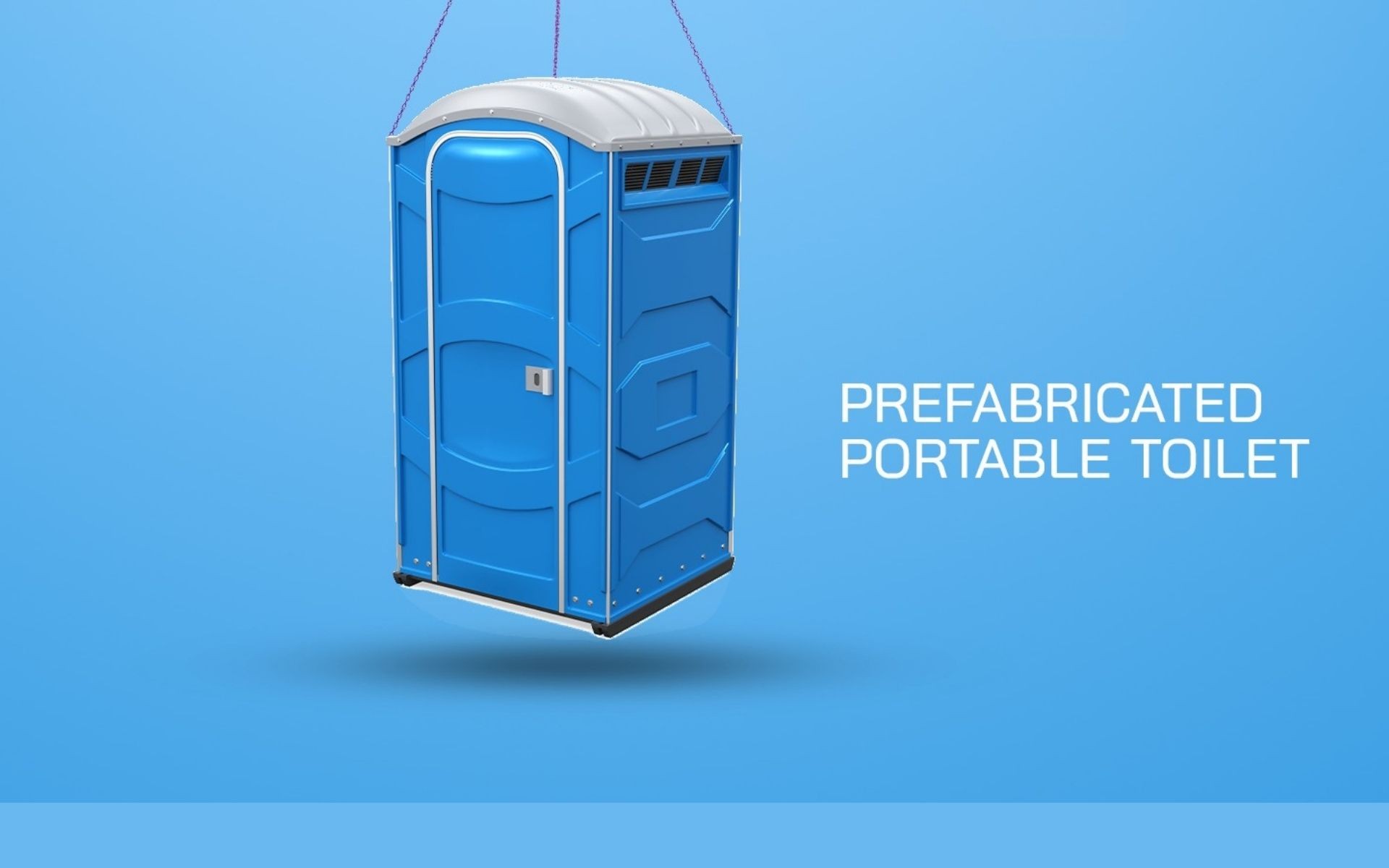

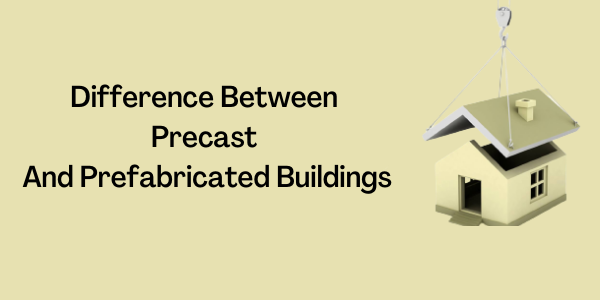
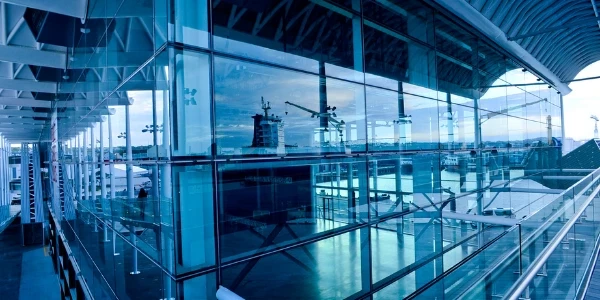

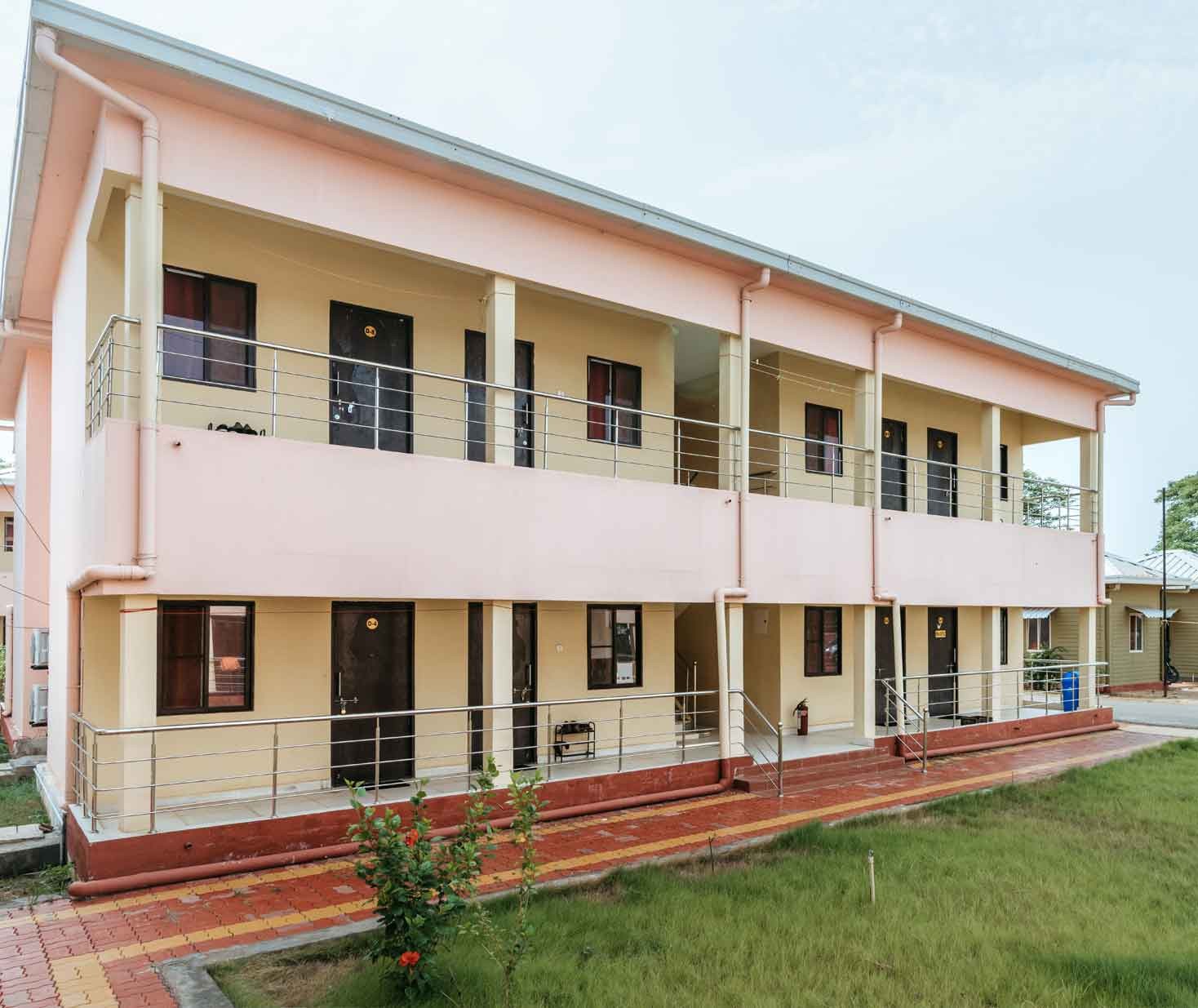
 site office front view622f00119ba65.jpg)

6349487807893.jpeg)